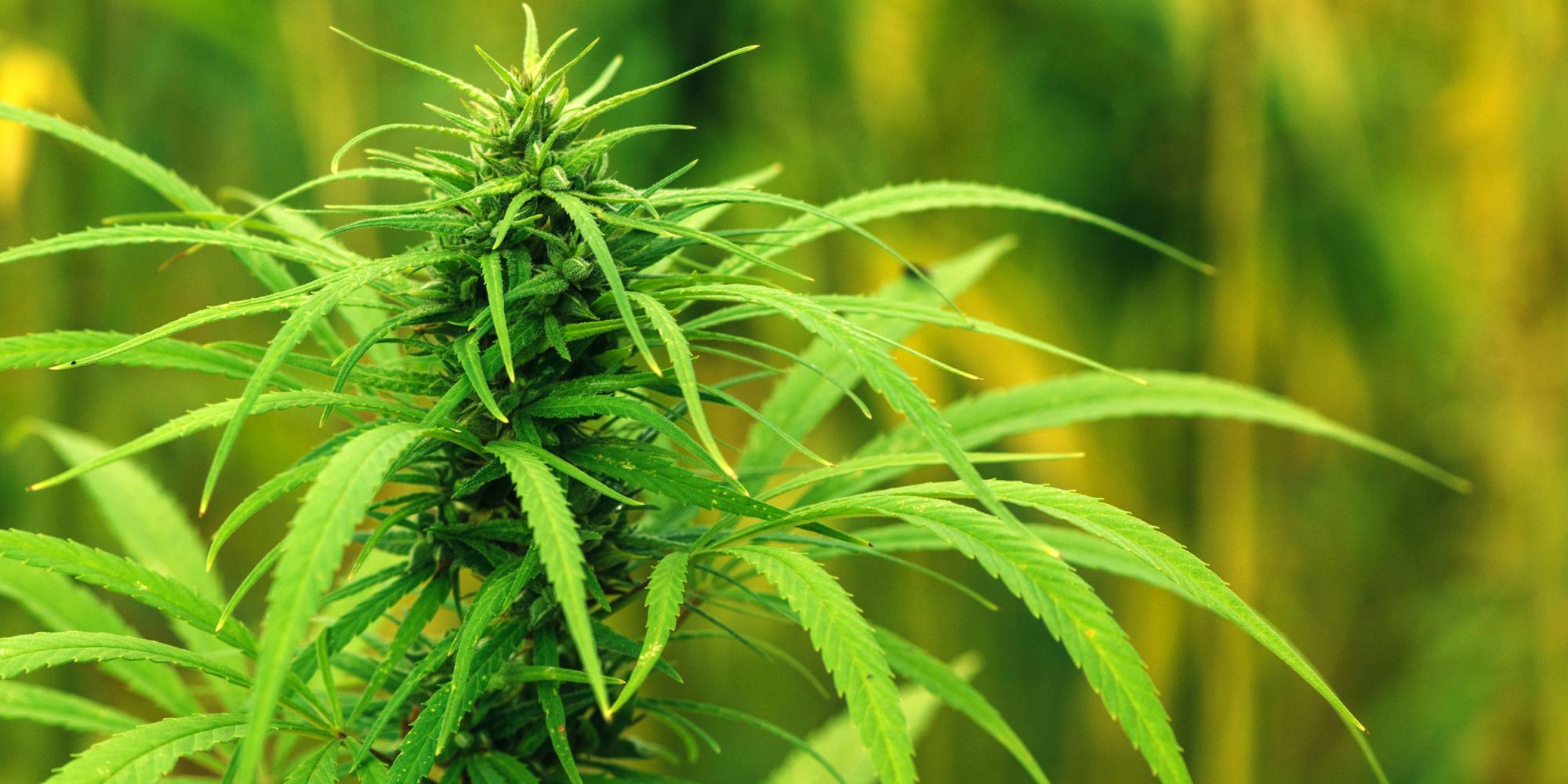04.17.2024
What is Biodiesel?

Biodiesel is a renewable fuel produced thorough the transesterification process. Transesterification is a chemical progression that converts vegetable oil, or other fats, oils and greases, into biodiesel. ...

The USDA has reached an inflection point in its evolution as an agency with one of the broadest mandates already in the US government. The Biden/Harris administration is looking to leverage the agency’s 100,000 employees at over 4500 locations into an all-out assault on CO2. DOD is the only agency with more boots on the ground. More broadly though, the administration is to give the USDA, and agriculture, a key leadership role in the campaign against climate change. In addition to increasing agency staffing and overall capacity – with a focus on cultivating agency leadership – programs will involve rolling out climate smart practices for farm and forest, creating incentives through existing programs like crop insurance, and developing a carbon bank. For hemp farmers, the ability to complement hemp prices with the sale of carbon credits is compelling.
In the climate oriented priorities laid out by the executive branch for the first 100 days, establishing carbon markets is right up at the top. As mentioned in yesterday’s commentary, they are planning to use funds through the Commodity Credit Corporation which has $30 billion in borrowing capacity. This will take some political wrangling, but incoming agency head Tom Vilsack is a USDA veteran, and like other members of Biden’s cabinet, have considerable experience in moving the levers of government. He ran the department during the Obama years.
Farmer support for the concept of carbon credits is an all-time high. Cap and trade met with resistance a decade ago, but since then, farms have endured extreme weather and farmers increasingly see climate change as a problem that needs addressing. The latest Iowa Farm and Rural Life Poll released in December shows that 4 out of 5 farmers agree that climate change is occurring, up from 7 of 10 in their 2011 Poll. US Farm Bureau Federation, long opposed to mitigation approaches like cap and trade, is now behind the carbon sequestration market concept.
The cap part, which sets theoretical limits for industry, capping them, is the unpopular part of the policy. A voluntary market that rewards producers for conservation practices that many do anyway, at additional cost, is appealing to farm operators. Ten states currently have cap and trade programs, mainly targeted at electricity generation and developing industry related projects with the proceeds.
The agricultural carbon marketplace is nascent, but poised to leap out of the gates with a government supported program. Existing companies like Indigo Ag have been active in buying and selling credits, measured in metric tons of CO2. This has been handled by modeling to date, with tools like the USDA’s COMET-Farm system. Soil sampling at scale isn’t possible, but clearly more research paired with sampling will be needed in hemp to learn what the impacts of various hemp farming systems have on carbon sequestration. Methodologies for determining carbon yields will evolve along with technology and our understanding of how farming practices, weather, and other factors influence long term carbon sequestration.
Indigo estimates that producers will realize .3 to 1 carbon credit/acre in their first year. It is a long-term program with extended payouts that may compress with an influx of government cash. How existing firms like Indigo fit into a USDA administered program is unclear at this point, but prices are expected to double over the next 2 years. Indigo set a floor at $10/MT, but pricing could reach $15. European credits are trending double that in current spot markets, with active futures markets. Hemp’s role in emerging carbon markets is a trend The Jacobsen will be closely following, in addition to general pricing trends in carbon spot markets.